If you saw an Arctic fox in the summer, it would look very different than it does in the winter. That’s because the Arctic fox is a master of camouflage. In the winter, its thick coat is a brilliant white, but in the summer it thins out and turns a dusty gray-brown to help blend in with the surrounding Arctic tundra. What do these gorgeous foxes eat? Small rodents, birds and fish. Although Arctic foxes are still abundant in the Canadian Arctic, their populations have been decreasing from the southern edge of the tundra around the globe. Time to lend a hand!
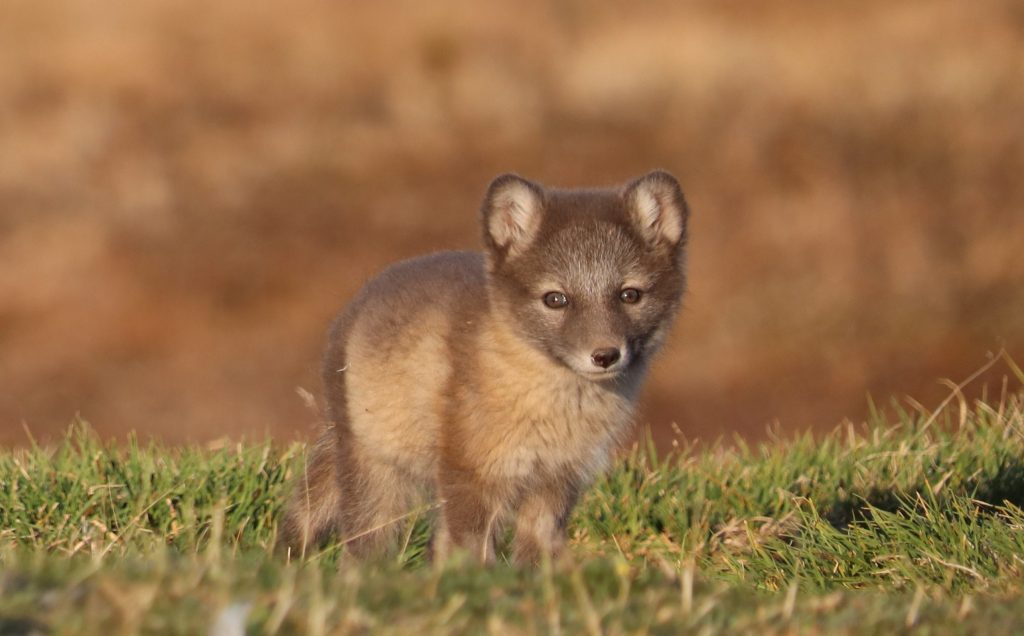
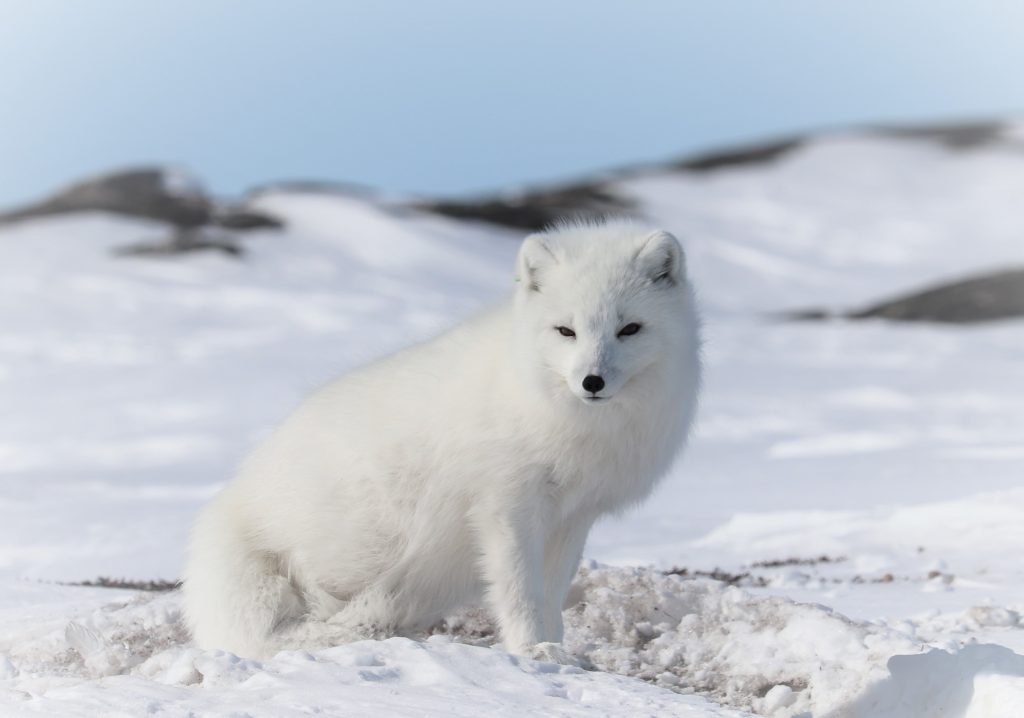
Nothing like updating your wardrobe each season!
Fox Facts
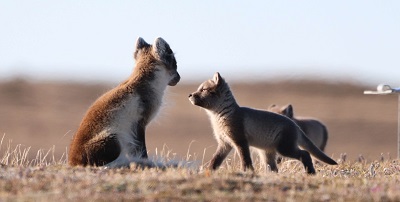
Arctic fox pups are born in dens, some of which have been used by foxes for hundreds of years. When the babies arrive, Arctic fox moms have their paws full – the average litter size is eleven pups (which is the largest average litter size in the world for a wild mammal)! Arctic fox parents help to feed their little ones so they grow strong and healthy, but even fully grown, they’re not huge animals. Adult Arctic foxes aren’t much bigger than a house cat!
They need our help!
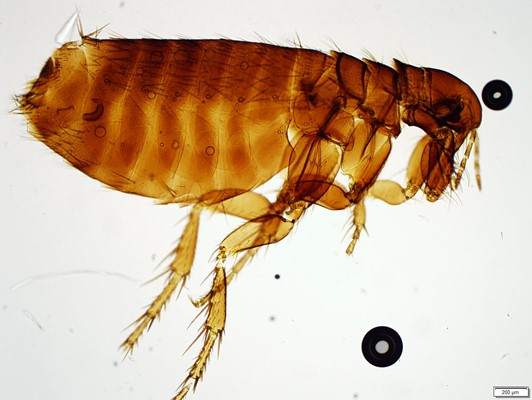
Climate change is making it harder for Arctic fox populations to survive. Not only are they losing their habitat, they are also becoming more exposed to another tiny threat with big consequences: insects! Warming temperatures can make it easier for insects to spread the harmful viruses, bacteria, and parasites that they may carry – and this can mean big trouble for animals like the Arctic fox, with insect-borne diseases threatening their ability to survive and reproduce.
Earth Rangers is working with University of Saskatchewan researcher Kayla Buhler on a project that will help us learn more about how climate change is affecting the spread of insect-borne diseases amongst Arctic foxes. Are they catching them from their migratory bird prey, whose populations are getting bigger as they have more food available in a warming Arctic? Are insects like mosquitoes and fleas simply better able to spread disease thanks to warming temperatures? And just how much of the Arctic fox population is affected by insect-borne diseases? By sampling fox dens and testing pups, we can try to answer some of these questions and do our best to protect Arctic foxes for years to come!
Head to the Adoptions Section in the Earth Rangers App or visit the Earth Rangers Shop to get your Adoption Kit and help make a difference today!
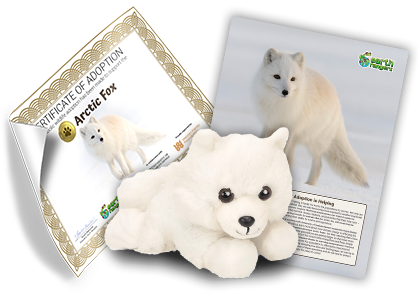


amazing ❤️❤️❤️
I LOVE arctic foxs!!!!!!
I adopted an arctic fox, but the thing is I adopted it because I wanted to save the arctic foxes so what I did I adopted online. I adopted her in real life and I hope that everybody adopts an arctic fox now because it’s because II adopted a arctic fox, but the thing is I adopted it because I wanted to save the arctic foxes so what I did I adopted not just online. I adopted her in real life and I hope that everybody adopts an arctic fox now because it’s because of climate change that’s why they’re losing their habitat, so I want them to fight climate change And thank you for letting everybody have. I just watched the live video today and I had school though, so I had to watch it like right now. Some videos are alive and I would like everybody to watch my videos of me on the cancel so thank you I adopted me and my sister adopted lots of arctic animals even adopted the polar Winnie adopted stranger adopted the arctic fox Earth, Ranger, Maven adopted the polar bear and earth Ranger dasher she adopted I don’t know if it’s arctic but still cute
And exciting thing is we got them today? Isn’t that so cool?
I’m not the day I was allowed maybe Tomorrow
I love it
How doesn’t like a artic fox?